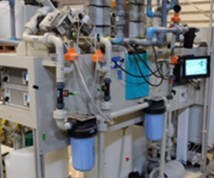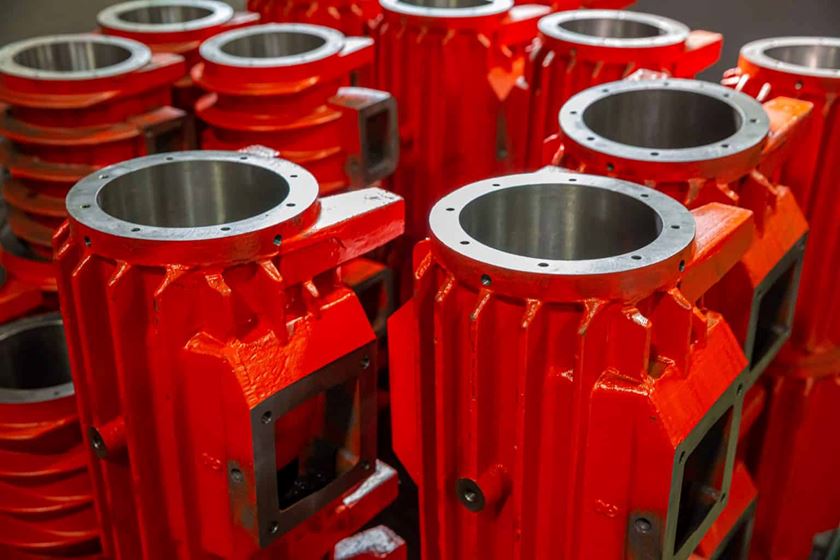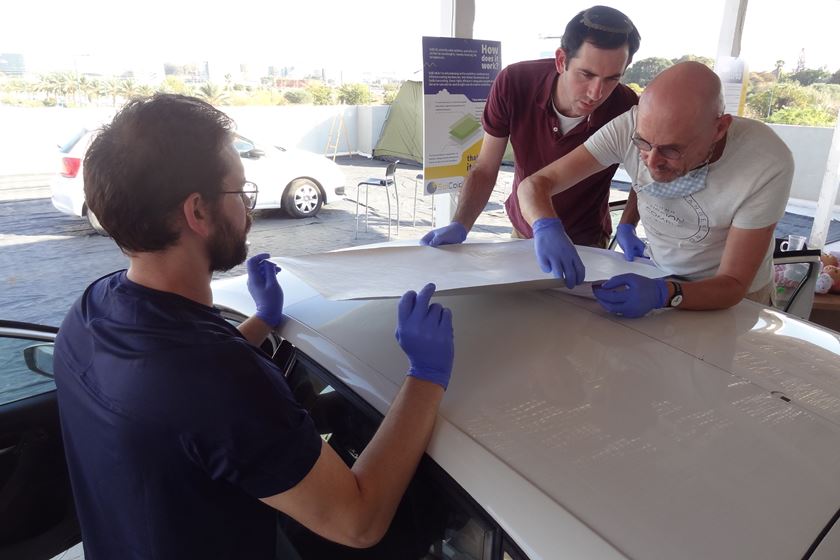Dielectric Testing to Determine Tank Leaks
Goad CEO Curtis Goad suggests using dielectric testing, more commonly known as “spark testing,” to detect pinholes in containment systems.
#pollutioncontrol
Q. How do I detect leaks in my tanks or containment systems?
A. Given the focus on environmental regulations and safety, it is important to detect any leaks in containment tanks early—especially when they contain toxic materials, such as those used in surface finishing processes. Prompt detection allows for repair before there is extensive damage to the substrate or, worse, to the surrounding environment.
Featured Content
Dielectric testing, more commonly known as “spark testing” or “holiday testing,” is commonly used to detect pinholes in containment systems. A point source of voltage is applied across the lining; when it comes in contact with a void, it causes the current to ground with the conductive substrate and creates a spark.
For tank linings, high-voltage AC (plug-in) spark testing is commonly performed. The drawback to this method is that small handheld models may not be properly calibrated for use with thicker lining materials, and an unskilled operator can burn holes in the lining with the heat that is created from the resulting arc. AC spark testing also relies on the operator to visually identify a spark when a leak is detected.
DC (battery-powered) spark testers, which require a ground cable in contact with the substrate, can adjust the test voltage to the lining thickness. When a circuit is created, signaling a leak, the DC spark tester sounds an audible and visual alarm, and a spark may be seen. Upon creation of the circuit, newer DC models instantly drop the voltage, preventing potential damage to the lining. DC spark testers have been proven to find pinhole and capillary leaks in tank linings that AC spark testers miss.
Full-tank leak detection also is an option. By installing a rigid box liner over a steel-lined or plastic tank, and allowing for a space between the bottom of the liner and the bottom of the steel-lined or plastic tank, a periodic full-tank leak check can be performed utilizing a low-voltage electric current meter. This device measures the circuit, if any, between the solution contained in the inner tank liner and water that fills the space between the inner liner and outer lined tank.
If a leak in the liner is detected, it is contained in the outer tank. During scheduled downtime, the tank can be emptied, and the inner liner can be repaired or replaced.
Curtis Goad is CEO of Goad Co. Visit goadco.com.
RELATED CONTENT
-
Corrosion Testing of Automotive Coatings
Exposure to road salts, UV radiation, heat, moisture and chipping from kicked-up road debris can quickly degrade an automotive coating system.
-
Plating Q&A: Can you color stainless steel?
Our expert, Art Kushner, says yes, you can color stainless steel, but it is not a process that is typically performed in a plating shop. Read more about his answer.
-
Is Your Electroplating Waste Hazardous?
Some that bears precious metals is, and there are a host of regulations to consider when recycling.


















